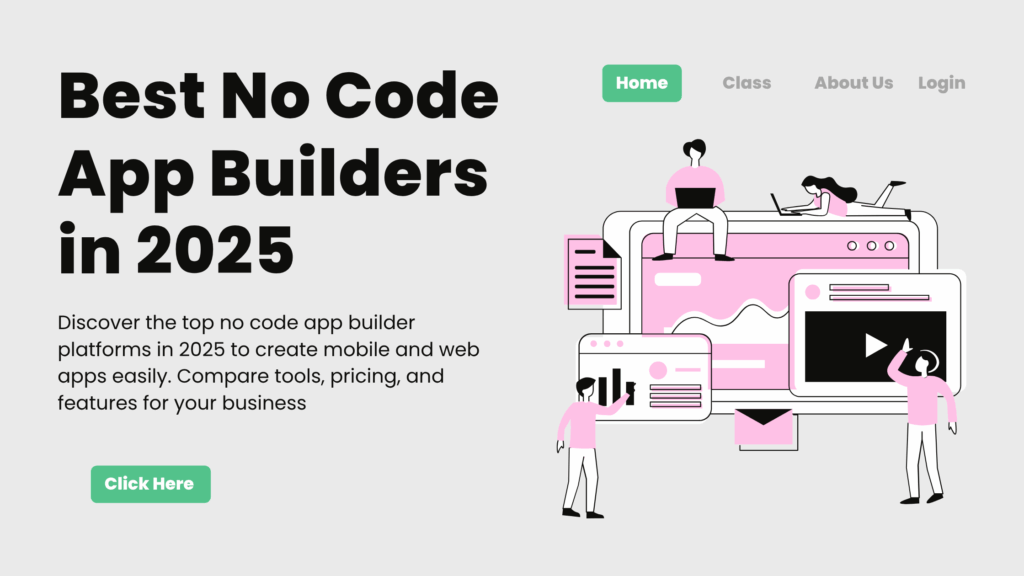Introduction
The mobile app market is booming, with millions of apps competing for attention on Google Play and the Apple App Store. In such a competitive landscape, building an innovative app is not enough—you need a mobile app marketing strategy to reach users, increase downloads, and retain them long-term.
This blog provides a comprehensive 1200-word guide to mobile app marketing, covering ASO, user acquisition, retention tactics, app launch marketing, and KPI tracking to help startups and businesses grow sustainably.
Why Mobile App Marketing Matters
Every month, thousands of new apps are launched, but most fail to gain visibility due to poor marketing. Mobile app marketing ensures that your app reaches the right audience at the right time. It creates awareness, drives installations, and builds lasting user engagement.
Without a well-defined app marketing plan, even the best apps risk being lost in the crowded marketplace.
Step 1: Research Your Target Audience
The foundation of successful mobile app marketing is understanding your users:
Demographics – Age, gender, income level, and lifestyle.
Behavior – Device usage, app preferences, and time spent online.
Pain points – What problems your app solves better than competitors.
Tools like Google Analytics, Sensor Tower, and App Annie provide insights into user behavior and competitor performance. This helps in creating a user acquisition strategy that resonates with your target audience.
Step 2: Competitor Analysis & Positioning
Analyzing competitors is a crucial part of mobile app marketing. Identify:
Top competitors in your category.
Their ASO (app store optimization) strategy.
Their marketing channels (organic, paid, influencer, etc.).
A SWOT analysis (Strengths, Weaknesses, Opportunities, Threats) helps you refine your positioning and build a unique value proposition for your app.
Step 3: Build a Strong Digital Presence
A strong online presence builds trust even before your app launch. Key steps include:
Landing Page/Website: Create a dedicated page for your app with high-volume keywords like mobile app marketing strategies, app store optimization, and user acquisition tactics.
Content Marketing: Publish blogs, videos, and case studies to educate and attract organic traffic.
Social Media Marketing: Platforms like Instagram, YouTube, and TikTok are powerful for pre-launch buzz.
This pre-launch mobile app marketing strategy creates anticipation and brand awareness.
Step 4: Define KPIs for App Growth
To measure the success of your mobile app marketing, define clear Key Performance Indicators (KPIs):
Installs & Downloads – Track app acquisition performance.
Retention Rate – Percentage of users returning after installation.
Lifetime Value (LTV) – The long-term revenue a user generates.
Churn Rate – Number of users uninstalling your app.
DAU/MAU Ratio – Daily Active Users vs. Monthly Active Users.
These metrics ensure your strategy is data-driven and focused on sustainable growth.
Step 5: App Store Optimization (ASO)
App Store Optimization (ASO) is the backbone of mobile app marketing. It improves your app’s visibility on Google Play and Apple App Store.
ASO essentials include:
Keyword Optimization – Use high-volume keywords in the title and description.
Engaging Visuals – Use attractive app icons, screenshots, and preview videos.
Ratings & Reviews – Encourage positive reviews to improve ranking.
Regular Updates – Keep your app optimized for new features and bug fixes.
A well-executed ASO strategy can increase organic user acquisition and reduce dependency on paid campaigns.
Step 6: Launch Strategy & PR
The app launch is a defining moment in mobile app marketing. To maximize impact:
Press Releases – Share updates with tech publications, blogs, and industry websites.
Influencer Marketing – Collaborate with niche influencers to expand reach.
Paid Ads – Use Google Ads, Facebook, and Instagram for targeted campaigns.
A mix of organic and paid channels ensures strong visibility during the initial launch phase.
Step 7: Paid Marketing & User Acquisition
While organic strategies are vital, paid campaigns accelerate user acquisition. Common methods include:
Search Ads (Apple Search Ads, Google UAC) – Capture users with intent.
Social Ads – Facebook, Instagram, TikTok for targeted reach.
In-App Advertising – Promote within other apps.
Balancing paid and organic efforts is the secret to cost-effective mobile app marketing.
Step 8: Retention & Engagement
Acquiring users is only half the battle; retaining them is where mobile app marketing succeeds. Proven strategies include:
Push Notifications – Personalized alerts for offers and updates.
Gamification – Reward systems, badges, and leaderboards.
Email Marketing – Re-engage inactive users with personalized offers.
In-App Personalization – Tailor user experience with AI and analytics.
Retention ensures long-term profitability and higher app store rankings.
Step 9: Continuous Optimization
Mobile app marketing is not a one-time effort. Continuously:
Monitor performance metrics.
A/B test visuals, ads, and content.
Update ASO elements regularly.
Adapt strategies based on user feedback and market trends.
Apps that evolve with market needs consistently outperform static competitors.
Conclusion
Mobile app marketing is the key to transforming an innovative app into a successful business. From ASO and user acquisition to retention and continuous optimization, every step matters.
Startups that invest in a structured mobile app marketing strategy not only achieve downloads but also build long-term customer loyalty.
Now is the time to define your app growth roadmap. With the right mix of app store optimization, paid campaigns, and retention tactics, your app can stand out in a crowded marketplace.
FAQ's For Mobile App Marketing
Q1. What is mobile app marketing?
Mobile app marketing is the process of promoting an app to reach new users, increase downloads, and improve retention through strategies like ASO, user acquisition, and retention campaigns.
Q2. Why is mobile app marketing important?
It helps apps stand out in crowded marketplaces, attract the right audience, and build long-term user engagement. Without proper marketing, even the best apps fail to succeed..
Q3. What is ASO in mobile app marketing?
ASO (App Store Optimization) is the technique of improving an app’s visibility in app stores by optimizing keywords, app title, description, icons, and reviews.






